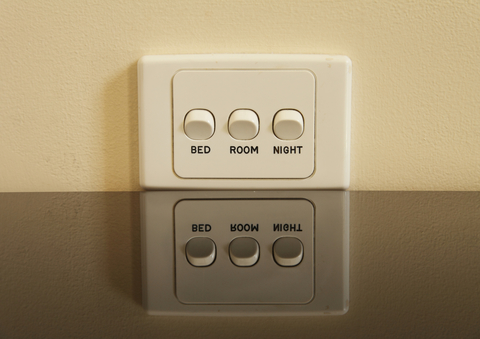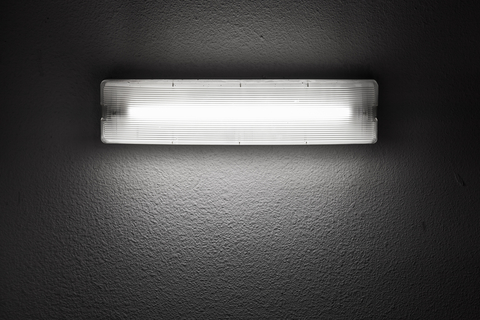Guestroom lighting has come a long way in recent years, with advanced technology and LEDs allowing designers and hoteliers to be more creative and inventive than ever before, and making the guest experience increasingly customizable.
But some hotels are still stuck in the old days, and the guest experience is suffering because of it. Here are three guestroom lighting rules to remember for your next new-build or renovation that will improve the look of your hotel and increase the satisfaction of your guests.
1. Bedside Lamps Should Not Be Blinding
Put yourself in your guest’s shoes: You wake up before dawn. Your eyes have adjusted to the dark. You reach out to turn on the bedside lamp—and are immediately blinded by bright lights that you can’t adjust, shining right in your eyes and making you wince in pain. Even worse, the light wakes up your spouse and kids, and now everybody's day is off to a frustrating start.
Many new-build or renovated hotels have caught on to this problem and have set up adjustable—or intentionally dim—lamps by the beds. These lighting options give guests enough light to read by or to get to the bathroom, but won’t be so bright as to be painful or to wake up anyone else in the room. Remember, guests can always turn on more lamps if they want more light. If they only want a little, make sure that’s an option, too.
2. Make it Easy to Turn the Lights Off
Having lots of lighting options is always a good idea. Guests want choices, so being able to determine what part of the guestroom is illuminated—and how bright it is—will make their experience much better.

But there also need to be easy ways to turn all those lights off when it’s time for bed, or when guests leave the room. No one wants to spend 10 minutes walking around the room figuring out which switch turns off which light—or, even worse, sleeping with the lights on because the switches are too confusing. A central switch, or even two, solves these problems. Ideally, one switch should be by the doorway and one should be by the bed, making it easy to turn all of the lights on or off as needed.
3. Bathroom Lights Shouldn’t Flicker.
Affordable and versatile LEDs have made traditional fluorescent lights obsolete, and any hotel renovation should include upgrading the bathroom lights. Hitting a switch and waiting several seconds for the flickering lights to come on interrupts the guest experience, which should be seamless.
Not only do fluorescent bulbs flicker, the light they cast is not exactly flattering. Guests putting on makeup will want something much softer and gentler rather than lighting that makes them look like they haven't slept in days.

Even better, let the bathroom lighting be just as variable as the guestroom lights. Backlit mirrors have gone from luxury perk to standard in midscale hotels, and it isn’t hard to add switches for lights over the shower. This also lets the guest determine how bright the room should be, so they won’t be blinded if they walk in from a dim bedroom.
The most important rule to remember is this: Guests want control over their lighting. They want to decide how bright their space is, and they want to decide which part of the guestroom and bathroom get the most light. Give them that control, and they’ll have a much happier overall experience

